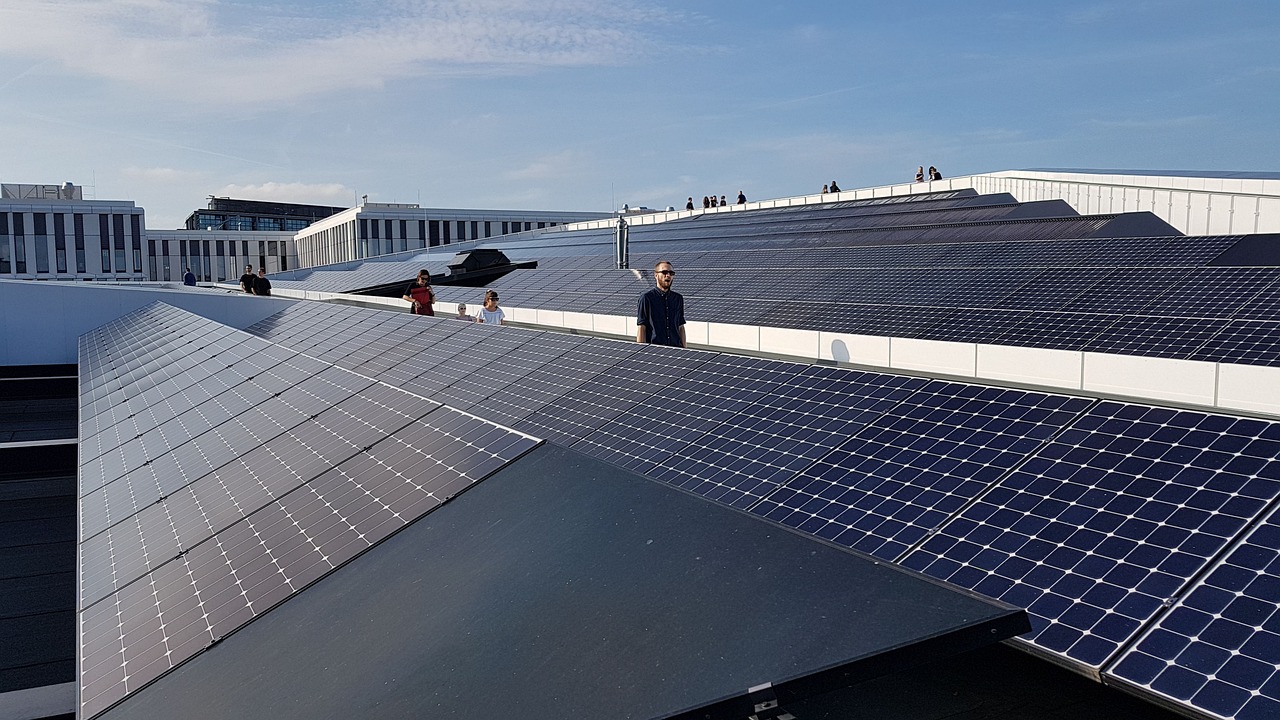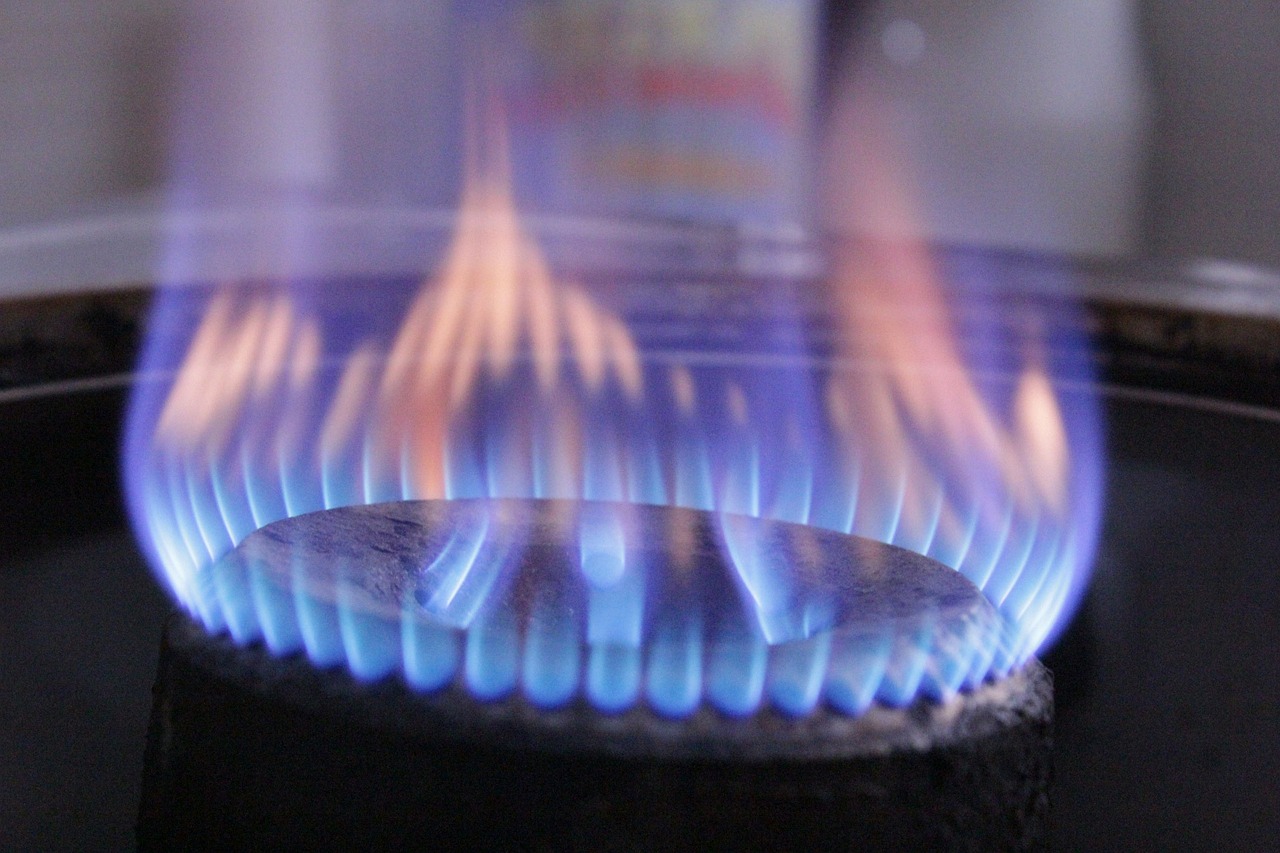
Technology, innovation and research at the service of thermal energy are generating solutions such as thermal batteries and a carbon-based system to store heat.
Thermal energy is a type of energy , also known as heat , that is characterized by the release of heat . At a formal level, with advanced knowledge of physics, it is interpreted as the level of internal energy that is locked in a thermodynamic system that is in equilibrium: if it is heated, the temperature increases; Otherwise, said internal energy decreases and, as a consequence, it cools.
Thermal energy is responsible for causing the particles that make up a body to move thanks to the transfer of heat , a process analyzed from a scientific discipline called thermodynamics .
A system or element is cooled or heated based on the gain or loss of thermal energy . This concept refers to the total energy reached by the molecules contained in a system or in a body, while we speak of heat when we refer to how something transfers internal energy as a result of a variation in temperature .
Thermal energy applications
The applications of thermal energy are linked to heating and cooling . In many homes it is common to have a stove installed, an oven , a fireplace , a boiler or a radiator .
Just as you choose a heating system that is safe and effective to keep the environments well heated, you also invest in a cooling system such as, for example, air conditioning .
There is even a device called a heat pump that is prepared to take heat from a cold place and transfer it to another. It is an ideal solution for heating swimming pools, to detail one possibility. The evaporative cooler has also been invented, a device that lowers the thermal levels of an environment and humidifies the air.
Using sources focused on some renewable energy , on the other hand, the generation of thermal energy is achieved for the benefit of chemical processes and the food industry, among others.
Sources of heat energy
The sources of heat energy are multiple. When the coldest times of the year arrive, for example, it is common for us to incorporate thermal energy into our body by drinking a very hot drink. Something similar happens when turning on a heating system to counteract low temperatures.
The sun is the most powerful transmitter of thermal energy , but when investigating in depth the sources of thermal energy we also found biomass and sargassum .
The existence of a renewable energy known as geothermal energy that arises by taking advantage, through the start-up of a geothermal plant , of the internal heat of our planet (that is, of the Earth ) cannot be ignored nor can we lose given the potential of oceanic or tidal thermal energy.

Solar panels are useful for obtaining heat and electricity, thus generating significant savings in the price of the electricity bill.
Thermal energy transfer
The transfer of thermal energy is achieved through different phenomena: radiation , conduction or convection .
The sun, to describe a specific case as a guide, manages to transmit thermal energy through radiation , transferring energy without requiring physical contact. To capture its energy and use it in everyday activities such as heating water or cooking, a solar collector is usually installed.
If energy is transferred within the framework of a contact between bodies but no matter is exchanged, then the conduction mechanism comes into play. Convection , finally, is characterized by energy transferred based on the movement of a gas or liquid.

It is important to keep in mind that the oven and burners are not designed as heating systems: it is dangerous to use them as stoves.
Energy savings and energy efficiency
Energy savings and energy efficiency are achieved through different strategies, techniques, resources and measures.
Thermal insulation is key to reducing heat loss in the winter season and the increase in temperature in the summer. To achieve this objective, specific materials must be used that are useful as thermal insulators due to their low thermal conductivity . Insulating windows is a very common practice that reduces the energy loss in a property, thus ensuring that neither heat nor cold escapes. In this context, the so-called double-glazed windows become relevant, whose glass thickness contributes to acoustic insulation, as well as the larger the chamber width, the more significant thermal insulation .
Energy efficiency is even achieved by using a ventilation system that includes heat recovery with the purpose of guaranteeing that the air in an internal environment is renewed without wasting the heat in said space.
A bioclimatic design and sustainable architecture are also necessary and recommended to harmoniously adapt to the urban landscape while respecting the natural environment. In this regard, it is worth keeping in mind that a project or plan aimed at achieving energy efficiency in buildings makes it possible to make rational use or exploitation of resources and have appropriate energy consumption , without waste that translates into increasingly expensive public service bills. .
